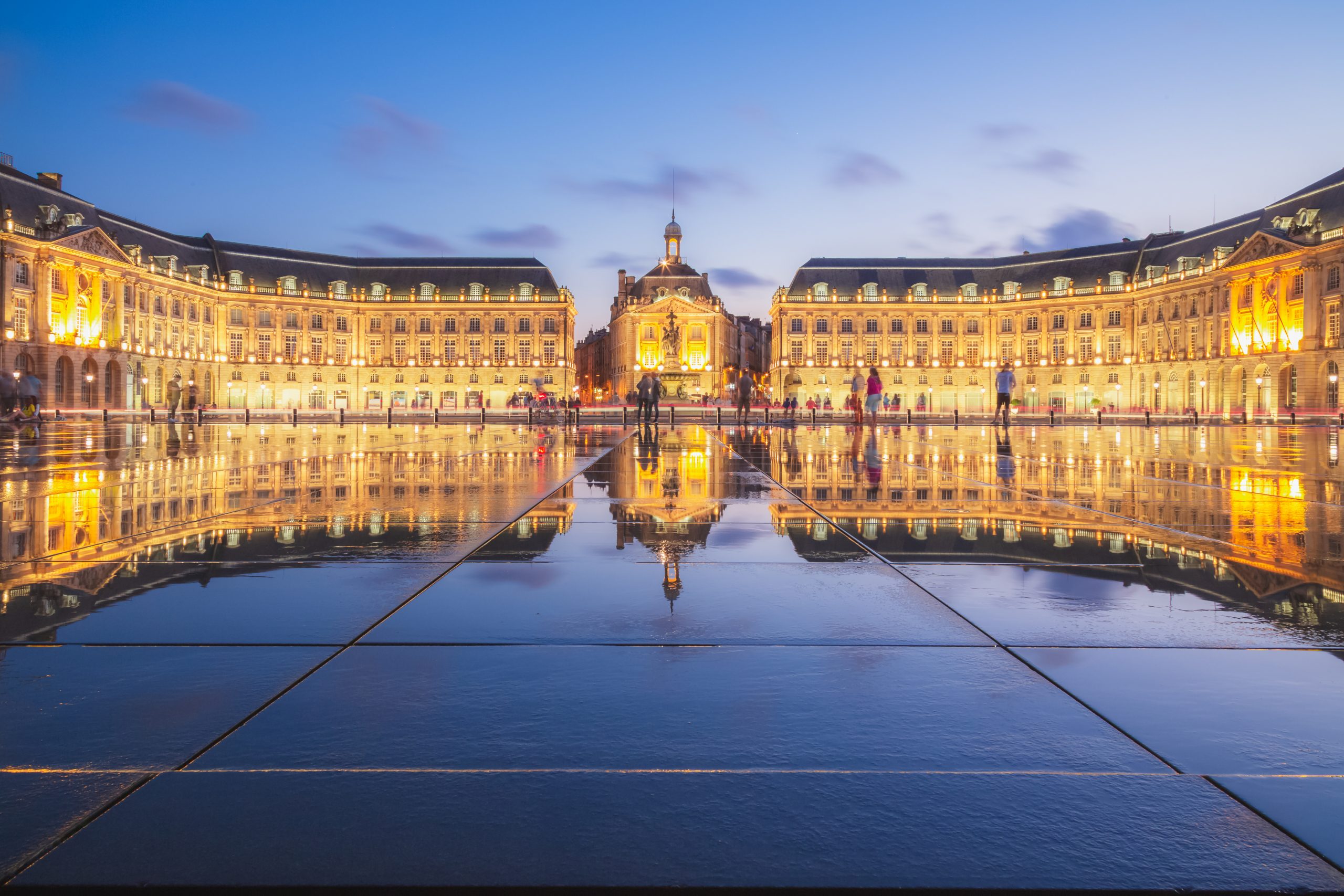This website uses cookies so that we can provide you with the best user experience possible. Cookie information is stored in your browser and performs functions such as recognising you when you return to our website and helping our team to understand which sections of the website you find most interesting and useful.
2022 en primeur campaign ‘missed opportunity’ given initial excitement
The 2022 en primeur campaign failed to lived up to the undoubted quality of the wines, instead becoming bogged down with overly punchy pricing, and leaving questions about how sustainable the system will be going forward, a new report from Liv-ex has said.

Justin Gibbs, Liv-ex deputy chairman and exchange director, noted that the excitement surrounding the 2022 vintage at the UGC tastings was “infectious” and the quality of the wines, “unquestionable”.
“Sadly, the campaign, born out of pricing that made little sense in the context of the broader market, failed to live up to expectations,’ he said.
As Liv-ex’s post en primeur report stated, although merchants expected some rises in price, the actual price rise was “much starker” than had been anticipated, up by around 20.8% on average from 2021, it’s stats shows.
If the 2021 en primeur campaign was “a missed opportunity to… reinvigorate the system”, then this latest campaign demonstrates that en primeur is “no longer an opportunity for collectors to acquire high-quality wine at the best price, as recent vintages attest.”
“There will always be buyers of Bordeaux with pockets deep enough to keep buying regardless of price – but can they sustain the system, and if so, for how much longer?” it asked? “The international trade was ready to promote and sell this great vintage, but they could not do so regardless of price. This has led to a difficult and costly campaign and sadly, despite the quality of the wine on offer, is unlikely to have encouraged a new generation of buyers.”
“…it is not surprising that fewer are likely to buy an expensive asset with unknown returns,” it said.
It also said that the critics claim about it being ‘the vintage of the century’ “should perhaps be taken with a pinch of salt”, and although benchmark scores put it “higher than any other dating back to 2015”, the average of the five other critics put it on a par with 2015 but “just below the 2016, 2018, 2019 and 2020 vintages”.
Price increases
Liv-ex argued that while year-on-year price increase “aren’t the issue”, especially given the quality of the 2022 compared to 2021, the problem lay with the pricing of the 2021 vintage which “led to one of the least successful campaigns in recent times”.
“The 2020 was itself priced 27% higher than 2019, despite lower scores on average, which counteracted the positive campaign of 2019 that had reawakened demand and rebuilt some faith in the system,” it said.
Some chateaux simply got the pricing wrong, it said, pointing to Château Angélus, whose 37% year-on-year increase (at £4,296 per case of 75cl) has already seen it trade on the secondary market 6.8% below its release price by 6.8%. Château Troplong Mondot, which saw a 43.7% increase on the 2021 release price last traded 14.2% below its release price on the secondary market.
Some château continued to sell “despite price hikes”, due to their big brand status, but it meant that the high prices potentially left merchant houses “with less available budget to work with for buying petit châteaux,” according to Jane Anson at Inside Bordeaux.
The timing of the campaign was another factor in the success – or not – of some chateaux, starting slowly before being interrupted for two weeks by Vinexpo. While some reported the initial pace of the campaign “spread fatigue among merchants and collectors”, others noted that the order also threw some focus on some of the more “junior” estates at the beginning of the campaign “with the biggest ticket items being reserved for the end”.
However, the prevailing trend seemed to be for “for châteaux holding fire to gauge just how far price increases could be pushed”, Liv-ex said – with more regard for the pricing of their neighbours than how much their wines are achieving on the secondary market.
Missed opportunity
Overall the 2022 campaign was “a missed opportunity, given the early promise of a candidate for the vintage of the century”, Liv-ex said “as many châteaux failed to take the macroeconomic context and the market fundamentals into account.”
“What is clear from this campaign, is that in raising their prices as they did, they sacrificed volumes sold,” Liv-ex concluded.

